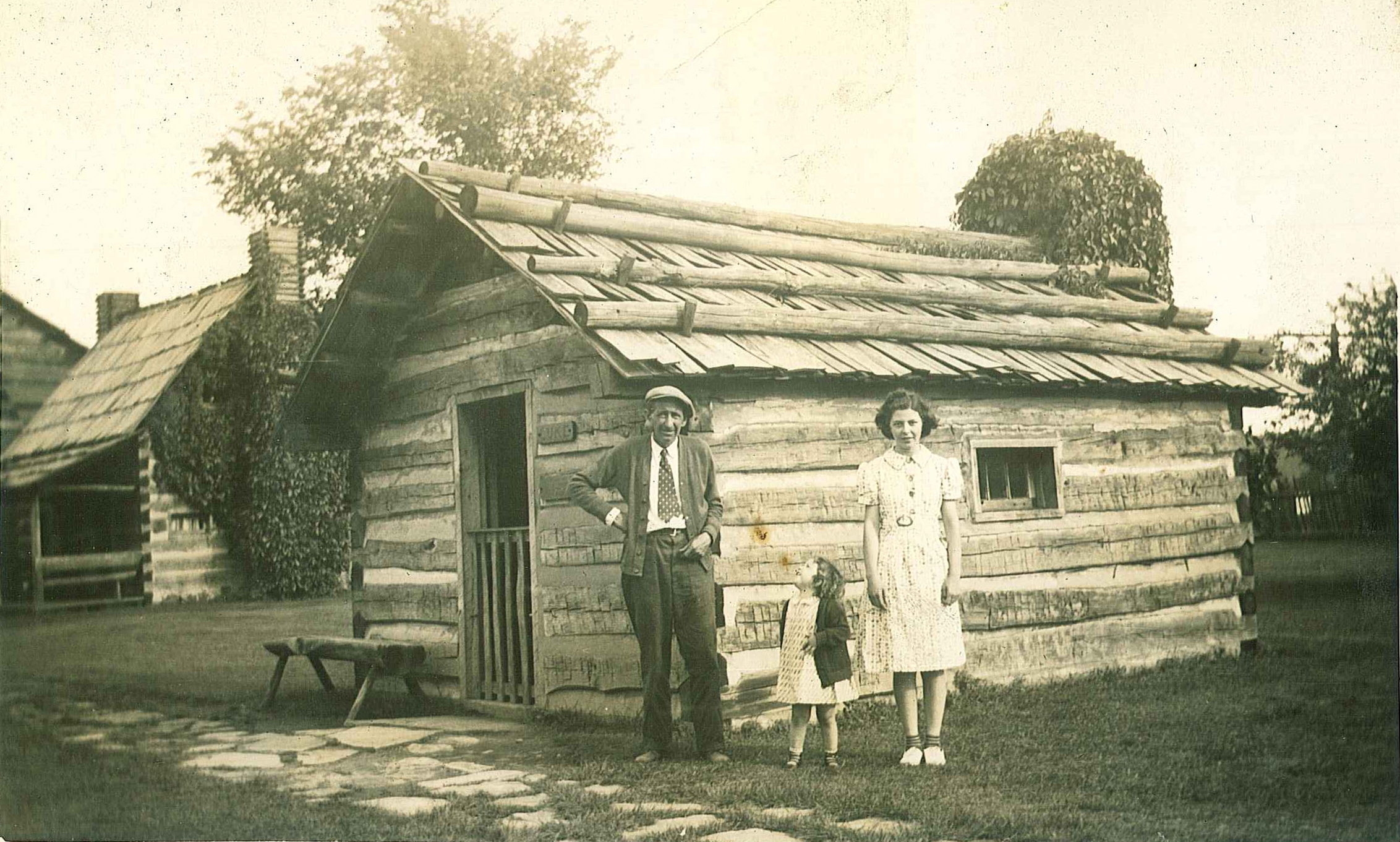Tourism is a word I use a lot at the Hartman Rock Garden. Our artist-built environment has operated as a cultural heritage tourism destination since its inception, counting hundreds of thousands of visitors from around the world over the past ninety-plus years. I have also started to realize just how much the Hartman Rock Garden is also about travel and tourism. Many of the earliest objects in Ben’s “historical rock garden” were active museums and tourism attractions during his lifetime. This is true of Mount Vernon outside of Alexandria, Virginia, which was taken over by the Mount Vernon Ladies Association and opened as a museum in 1860, as well as the Betsy Ross House in Philadelphia, which was acquired by the American Flag House and Betsy Ross Memorial Association in 1898. The early tourism industry of Frederick, Maryland was centered around the folklore of Barbara Fritchie waving a Union flag at Confederate troops. The town “reconstructed” her house in 1927, which operated as a museum until 2018. In addition, Independence Hall, Valley Forge, and John Brown’s Fort at Harper’s Ferry were all active heritage tourism sites during Ben’s lifetime.

Ben Hartman with daugthers Martha and Ruth at Schoenbrunn Village, circa 1940.
Ben grew up in one of America’s most visited heritage tourism regions – around Gettysburg, Pennsylvania – so it should not be surprising that he was attracted to sites that commemorated and commodified American history. The Jennie Wade Museum, just 25 miles down the road from Ben’s hometown, may have offered Ben his first heritage tourism experience. The museum honors Jennie Wade, the only resident killed during the Battle of Gettysburg. It became an official tourist attraction in 1901, although it had attracted onlookers since that fateful date in 1863. Ben likely visited with his first wife Maggie in the mid-1910s. He surely also visited the adjacent battlefield on this visit and heard the stories of the nearly 8,000 people killed. This visit may have been the seed that sprouted into Ben’s pacifist beliefs, leading to his later statement at the Hartman Rock Garden: “Let it wave in peace. War is hell.”
Later, likely in the 1920s, family testimony states that Ben visited Lincoln’s birthplace in Hodgenville, Kentucky, which inspired him to create a replica of the cabin in his garden. No family photos capture this experience, nor do we know what prompted the trip. Still, the fact that it only resembles the cabin in Hodgenville supports the fact that Ben constructed it from memory and not a postcard or photo. Using tile in the concrete out front, Ben wrote “American Needs More Log Cabin Honest Abes.” Given Lincoln’s popularity during the 1930s, I have always been surprised that Ben only created two objects related to the Great Emancipator in his garden, the other being Lincoln’s Tomb in Springfield, Illinois (a place he may have visited as well).
Ben’s final act as a heritage tourist was a visit to the reconstructed Schoenbrunn Village outside of New Philadelphia, Ohio. This trip likely occurred in the summer of 1940. The original village was founded in 1772 as a Moravian mission among the Delaware Indians. At the start of the Revolutionary War, American Indians aligned with the British forced the village’s abandonment. The Ohio State Archaeological and Historical Society, today the Ohio History Connection, began reconstructing this settlement in May 1927, which was covered by newspapers across the state. Ben’s version of Schoenbrunn Village was one of his last additions to the garden.
I recently had the opportunity to visit several of Ben Hartman’s beloved historical attractions on a road trip through Pennsylvania, with stops in Chambersburg, Gettysburg, and Philadelphia. As I gawked at the bullet holes in the Jennie Wade House, felt the cool air inside the reconstructed cabins at Valley Forge, and stood before the massive flag flying at the Betsy Ross House, I felt connected with Ben Hartman. This is what he loved. He would be proud to know that he created a destination that, over ninety years later, is worthy of this same type of admiration.
